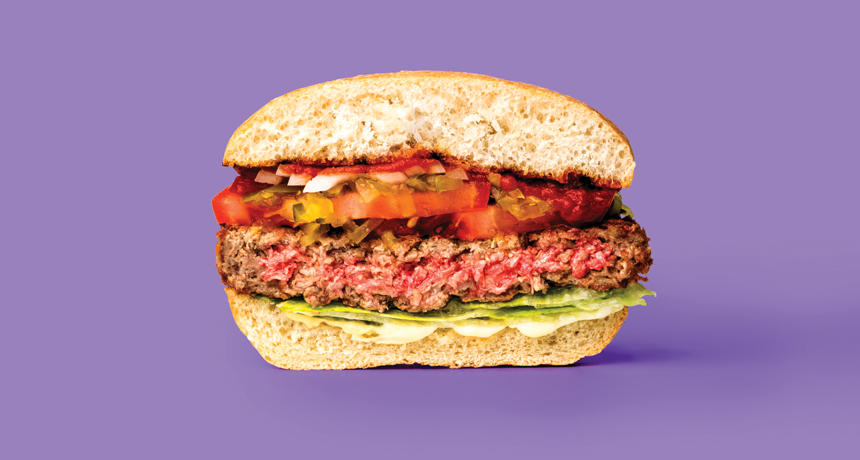Questions for ‘Designing tomorrow’s burger’

Scientists are exploring very different ways to produce a “ground beef” alternative for burgers. One approach grows just the edible parts of the animal. The other tries to simulate meat using plants. Shown here, Impossible Burger’s meat-free burger.
IMPOSSIBLE FOODS INC.